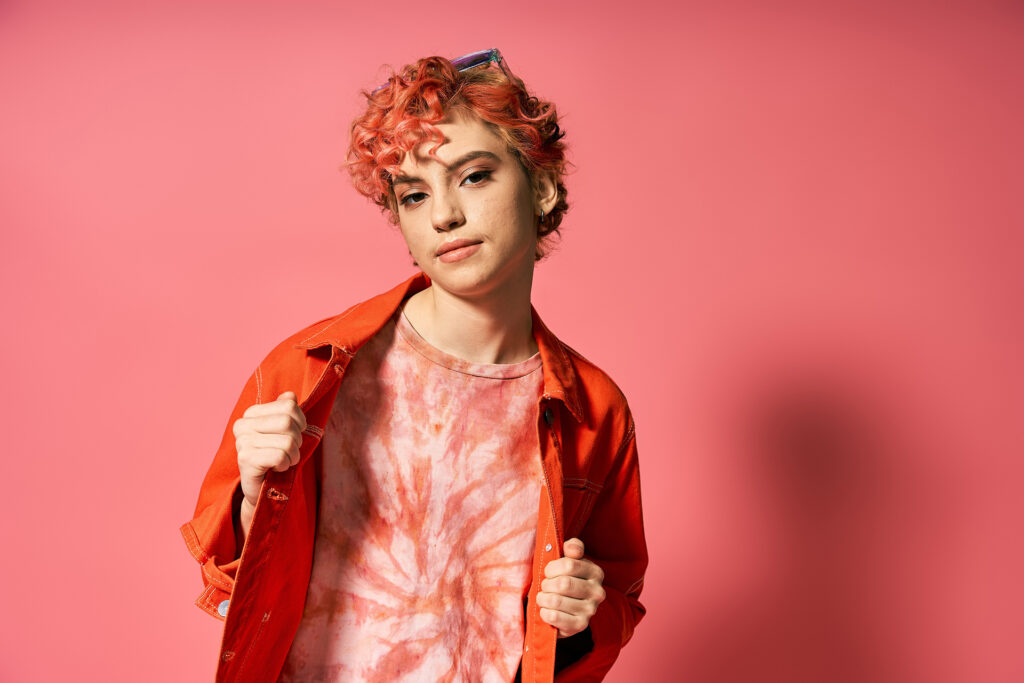Transcend Australia is committed to measuring and evaluating our impact so that we continue to evolve and serve our community’s needs.
The number of trans young people and their families seeking access to gender affirming medical services rises each year. Australian trans young people face poor health outcomes and disparities. These disparities are not because of an inherent predisposition to poor mental health related to their gender identity – they are caused by a complex and unique set of drivers and risk factors associated with marginalisation, societal attitudes, lack of family acceptance, barriers to accessing timely gender affirming healthcare and experiences of violence and harassment.
2-3%
of young people identify as transgender, gender diverse or non-binary (trans).
22%
of trans young people have experienced accommodation issues or homelessness.
89%
have experienced peer rejection.
74%
have experienced bullying.
65.8%
have experienced lack of family support.
60.1%
have experienced feeling isolated from medical and mental health services.
Almost 1 in 2
trans young people have attempted suicide. This is 20 times higher than the general population.
3 in 4
trans young people have been diagnosed with anxiety or depression. This is 10 times higher than the general population.
All stats are from: Strauss, P., Cook, A., Winter, S., Watson, V., Wright Toussaint, D., Lin, A. (2017). Trans Pathways: the mental health experiences and care pathways of trans young people. Summary of results. Telethon Kids Institute, Perth, Australia.
Transcend has helped us understand the needs of our daughter, particularly at a time when it was just beginning to happen and was overwhelming. By being connected to a welcoming and informed community it has helped us gain knowledge and provided peer support.
— Transcend Parent
We work to build a world where trans, gender diverse and non-binary people are thriving and flourishing, living safe and empowered lives free from discrimination.
We do this by delivering rights centred evidence-based services and advocacy that celebrate gender diversity, affirm autonomy, and enhance the protective factors for strong families and young people’s health and wellbeing.
We know that with early intervention and enhancing protective factors, trans young people can experience positive health outcomes and that negative health disparities can be prevented.
Our primary focus is to ensure families, parents and carers receive the information, support and education they need to best care for their children. In addition, we know that trans young people need to be connected to their peers, to reduce isolation and boost positive mental health.

Families who received support from Transcend reported a SIGNIFICANT INCREASE TO THEIR LEVEL OF CONFIDENCE, KNOWLEDGE AND UNDERSTANDING of how to support their child.
Before contacting Transcend, almost half (48.7%) of families reported very low to low levels of knowledge, confidence and understanding of how to support their child. A third (33.3%) felt a medium level of confidence and less than 1 in 5 families felt high to very high levels of confidence.
After receiving support from Transcend 84.7% of families reported high to very high levels of confidence to support their TGDNB child. No families reported very low to low levels of confidence and the remainder reported medium levels of confidence.
Our Impact Goals
Empower
We will create, disseminate, and implement programs and resources to empower parents, families, and caregivers, as well as their transgender, gender diverse, and nonbinary young people.
Advance
We will collaborate with and amplify the voices of trans, gender diverse, and non-binary communities and their families, while partnering with community-led organisations to raise awareness, educate, and advocate for positive change, equality, and inclusion.
Collaborate
We will collaborate with community, services and organisations to enhance health access and equity for transgender, gender diverse, and non-binary young people.